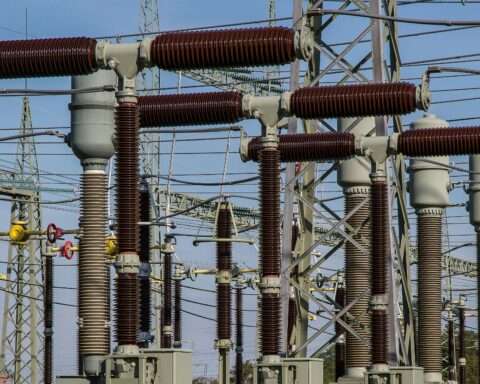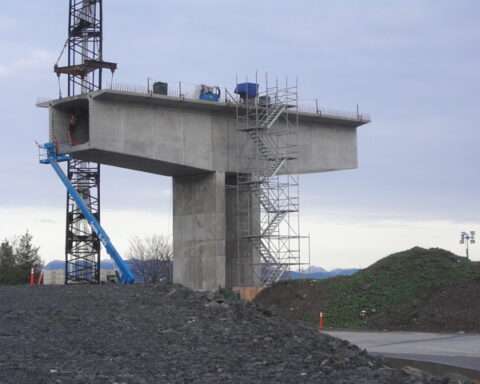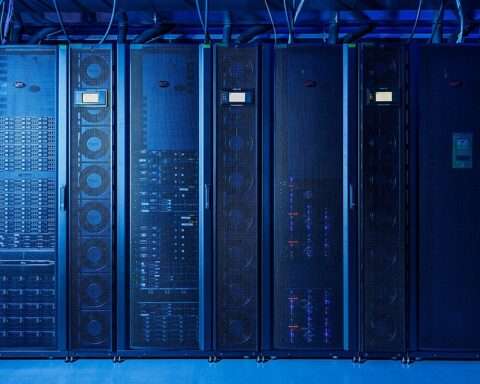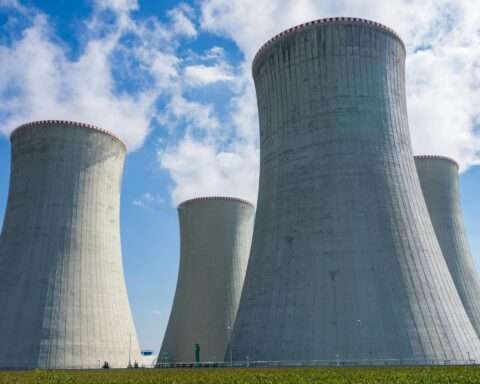A draft of new requirements for the LEED green-building certification program provides a clear framework for what is coming soon. New guidelines for LEED building design and construction will roll out in 2024.
Also last month, National Climate Advisor Ali Zaidi announced a new national standard for zero-emissions buildings that requires structures to be energy efficient, produce no on-site emissions and use 100% renewable energy.
Although not legally binding, the new standard, and the new LEED rating system, will give developers a clearer road map for successfully navigating federal, state and local rules aimed at reducing buildings’ effect on the climate.
Buildings are responsible for 40% of global energy-related carbon emissions, including the energy needed to heat, cool and power them. Additionally, residential and commercial structures are responsible for almost a third of all U.S. greenhouse gas emissions, the EPA has shown.
The new LEED requirements will address all significant sources of carbon emissions in buildings and provide clear steps to deliver buildings with ultra-low greenhouse gas emissions. Additionally, the guidance will reward existing structures that are about to hit future decarbonization targets and will incentivize existing buildings to work toward the certification.
As part of the launch, the United States Green Building Council will offer companies the opportunity to participate in a beta program to test the new LEED rules for effectiveness. The beta phase will begin in late 2023.












